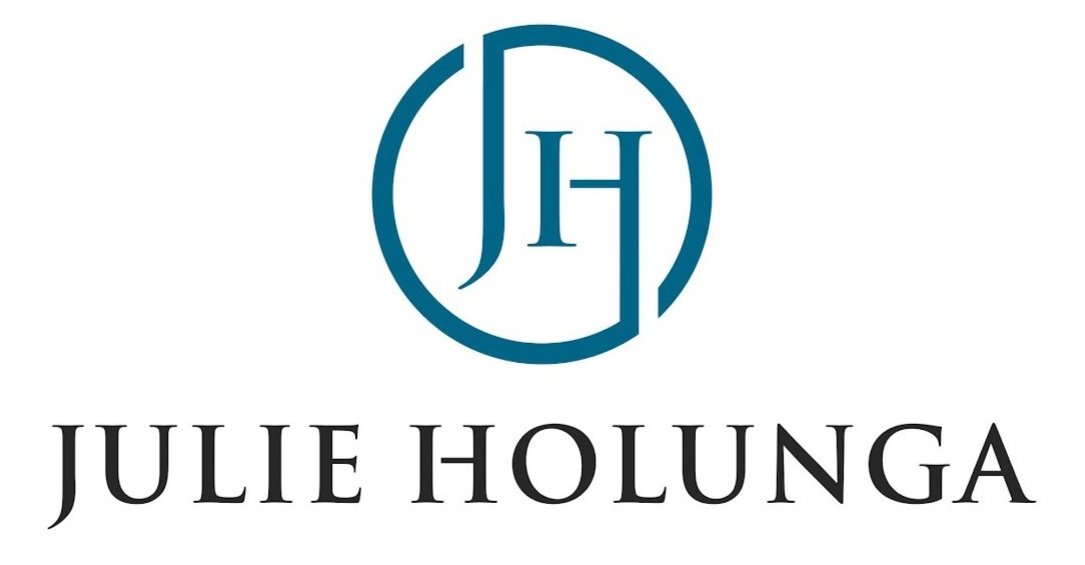How Miscommunication Is Costing Your Company And How To Fix It
The article was originally posted on Forbes Coaches Council.
The No. 1 factor I see destroying professional services firms is miscommunication. It is repeatedly at the root of most of the conversations I have with leaders. You may be feeling a similar frustration, not wanting to have difficult conversations or give feedback. Perhaps you've thought to yourself, I just want to practice what I am trained to do. I did not go to graduate school for this! You may have good intentions, but the impact of your communications may not land as you intend.
One of my clients, who we'll call Sarah, was flustered when the feedback in her team’s 360 reviews was that she “dumps projects on my lap when she doesn’t want to do them,” “she isn’t transparent” and “she holds information back as power.” In all instances, Sarah knew exactly the situations her team was referring to in their reviews. They were all situations where she gave her team visibility, opportunities and challenges to learn something new and excel in their careers. What Sarah saw as opportunities, her team saw as “project dumping.”
According to the Society for Human Resource Management, depending on the size of the firm, miscommunication costs companies between $420,000 to $62.4 million annually. What is miscommunication costing you, your organization and your future?
We are all experiencing the by-products of the Great Resignation. People are leaving your firm, not for better pay, more flexible hours or greater benefits. That may be part of the reason, but the real reason is that they feel they’re not being heard or seen by their bosses, colleagues and clients.
Sarah focused each week on the advancement of her team. She continually thought about who she could develop to replace her. She asked her team what they were curious about and what they wanted to learn. Where the disconnect occurred was that she didn’t understand how they needed and wanted to receive information. She didn’t want to micromanage, so she shared relevant information and left space for them to use her as a resource. She didn’t want to overpower them. These good intentions landed as "project dumping."
As a master trainer with the communications assessment tool Emergenetics, I know that miscommunications occur because, in our fast-paced environment, leaders don’t take the time to consider how information is shared. Emergenetics simplifies human interaction. It is your cheat sheet for easy and effective communication. So, how can you, as a leader in your firm, decrease miscommunications? Below are three recommendations that you can implement today.
1. Increase your cognitive diversity.
We know about the diversity that we can see. Cognitive diversity, on the other hand, is the diversity we cannot see. It's what we hear. Cognitive diversity shows up in how we approach problems and difficult conversations. Cognitive diversity is key for innovation, problem-solving and the advancement of people, products and services.We don’t need (although we may want) sycophants on our teams—those who will agree to everything the most powerful voice in the room says. Instead, we require differing perspectives. When we approach a challenge from varying perspectives, the final deliverable is top quality. How will you increase cognitive diversity at your firm?
2. Mind the intent-impact gap.
On the one hand, we evaluate our own communications, how we communicate to our audience, by our intentions. On the other hand, our communication is evaluated on the impact it has on our audience. For example, I may bring you in on a client because my intention is for you to gain visibility and growth, but you may feel that I dumped this client on your plate, which is already overflowing. Rather than my intention of giving you visibility with senior partners, it feels like "project dumping." When we align our intentions with the impact, we communicate most effectively. The gap between your intentions and its impact is the space where miscommunication occurs.
3. Follow the Titanium Rule.
The Titanium Rule is built on Tony Alessandra's Platinum Rule, which directs people to, "Treat others as they want to be treated." I elevated this to what I call the Titanium Rule: "Speak to others the way they need and want to be spoken to." What does your audience need to hear? Not what do you want to share, but what do they need.Before presenting to an audience, consider their concerns. How can you make them look good? What information can you give them that will ease their concerns? How can you arm them with information that will help them influence those around them? Rather than telling them everything you are doing to avoid a risk, share with them the risks you anticipate and the issues that could occur if you do not mitigate them. Are they focused on growth and client development? Give them the information they need to work with their clients.As you prepare for a conversation, ask yourself:
What does my audience need to hear?
What kind of information should I share?
At what pace?
In what format do they need to hear information?
Do they need to hear data? Best practices? Anecdotal stories? Examples of how a decision will impact them, their clients or their customers?
If you're thinking, I have no idea what my clients, customers or colleagues, need to hear, I recommend listening to the questions they ask. That should give you a window into their concerns.
Starting today, you can implement the Titanium Rule to create or enhance a culture of openness. Instill your value as an open and supportive leader. This, more than any bonus or benefit, can help you to retain your top talent as we continue to progress through the Great Evaluation.
